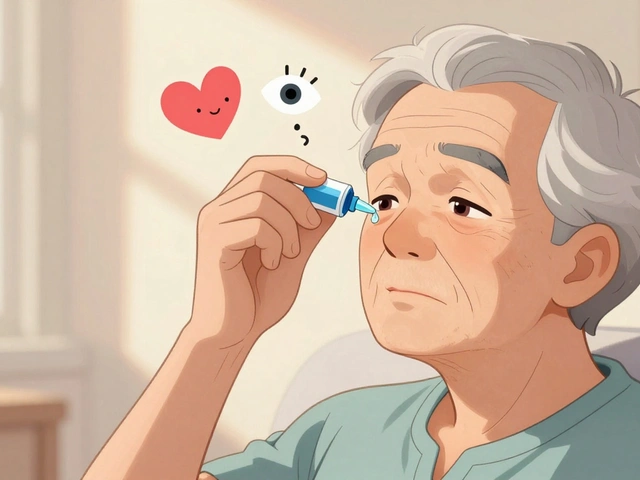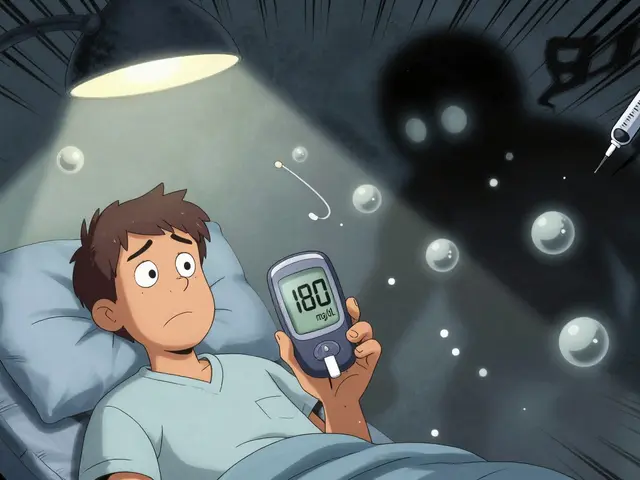Minor Surgery: What It Is and Why It Matters
When dealing with minor surgery, a set of low‑risk, same‑day operations performed outside a full surgical suite. Also known as day‑case surgery, it typically uses local anesthesia, a numbing technique that affects only the targeted area and may involve sutures, tiny threads used to close skin incisions or electrocautery, a tool that seals tissue with heat to stop bleeding. All of this happens in an outpatient setting, meaning patients recover at home the same day. Minor surgery offers a quick, cost‑effective way to treat everyday health issues without a hospital stay.
Key Aspects of Minor Surgery
First, outpatient procedures are the backbone of minor surgery. They include skin lesion removal, nail biopsies, and simple cyst excisions. Because the patient stays awake, surgeons can communicate directly, which improves accuracy and reduces anxiety. Second, local anesthesia is crucial: it cuts pain signals, shortens recovery time, and eliminates the risks associated with general anesthesia. For example, lidocaine‑based creams numb the skin in minutes, letting the clinician start work right away.
Third, the choice of closure method matters. Sutures come in absorbable and non‑absorbable varieties. Absorbable sutures dissolve on their own, ideal for internal layers, while non‑absorbable ones stay until a professional removes them, perfect for skin that needs extra support. Fourth, electrocautery is often paired with sutures. By welding small blood vessels, it reduces bleeding and cuts down on post‑procedure bruising. In essence, minor surgery encompasses outpatient procedures, requires local anesthesia, utilizes sutures for wound closure, and employs electrocautery to control bleeding.
Beyond tools, patient selection is a subtle art. Ideal candidates are adults or children in good overall health, with conditions that can be resolved in less than an hour. Chronic illnesses like uncontrolled diabetes or severe heart disease move the operation into a full‑OR environment. Understanding these criteria helps clinicians decide when a simple excision is enough and when a bigger operation is needed.
Another practical point is after‑care. Since the whole process is brief, discharge instructions focus on wound care, signs of infection, and activity limits. Patients are usually told to keep the area clean, apply prescribed ointments, and watch for redness that spreads or fever. With proper guidance, complications stay under 2 %—a statistic that reassures both doctors and patients.
Finally, cost and accessibility play big roles. Minor surgery often avoids the overhead of a hospital stay, pulling the price down by 30‑50 % compared to inpatient procedures. This makes it a popular choice for health systems aiming to stretch budgets while delivering quality care. Insurance plans typically cover these procedures, especially when they replace more expensive alternatives.
All these pieces—outpatient settings, local anesthesia, sutures, electrocautery, and careful patient selection—create a cohesive picture of what minor surgery really looks like in everyday practice. Below, you’ll find a curated set of articles that dig deeper into specific inhaler comparisons, skin infection signs, humidity’s effect on eye allergies, and more. Each piece adds a layer of insight, helping you see how minor surgery fits into the broader health landscape.






